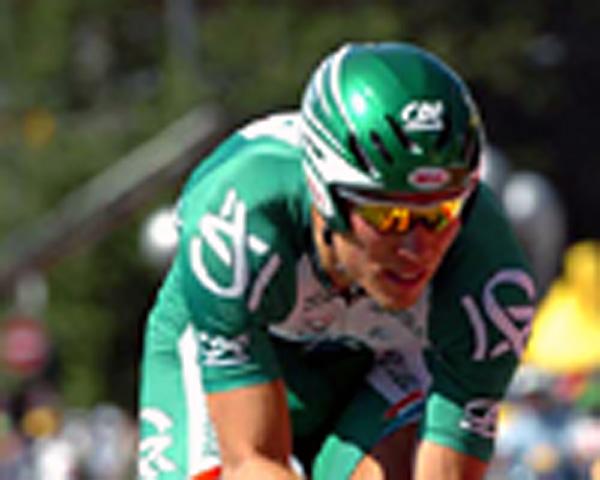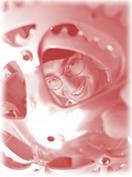
Recently on Cyclingnews.com |
View from the lab - Ric Stern's Tour de France sports science
|
|
British ABCC coach Ric Stern (www.cyclecoach.com) is a regular contributor to Cyclingnews' Form & Fitness section along with being a full time coach. Still an active rider when time allows, Ric will be providing a physiological insight into the challenges that face the riders in the Tour.
July 1, 2006: Power and performance in the prologue

|
The prologue TT was raced over 7.1 km, taking the riders around 8 to 9 minutes. Physiologically speaking the time depends on the rider's VO2max (the maximal amount of oxygen you can consume and use) and lactate threshold. Oxygen uptake (VO2max) is the greatest determinant of performance in the prologue, as it is short. A longer time trial would be dependent upon the power you can generate at lactate threshold.
At RST we use another measure of performance - MAP (maximal aerobic power, see www.cyclingnews.com/fitness/?id=powerstern) instead of VO2max. In a laboratory these two metrics can be measured simultaneously (although measuring VO2max requires the athlete to wear a specific 'face mask' and have their expired respiratory gases measured and analysed). A high MAP will also mean that the rider has a high VO2max and vice versa.
In the above linked article we can see that in general many cyclists can ride maximally for about 4.5 minutes at 88 to 91 percent of MAP. For around 20 minutes cyclists can ride around 75 - 81 percent of MAP. It is possible that some cyclists may fall outside of these parameters. Thus for an effort that lasts around 9 minutes you'd expect that cyclists can likely ride somewhere between 81 and 88 percent of MAP and probably just a couple of percent either side of 85 percent.
It therefore follows that if you want to do well in the prologue you'll need a high absolute VO2max/MAP. Although mass is important (as in power to mass, and power to CdA/surface area) surface area/CdA doesn't scale exactly with mass, such that a large cyclist can have a slightly lower power to mass than a lighter cyclist, but the heavier cyclist may travel at a faster velocity on a flat course, as they have a higher absolute power.
I don't have any stats on Thor Hushovd, but I do know he's a bigger, rather than smaller cyclist. He won't be winning any mountain stages. It's very likely that he has a high VO2max and MAP, and thundered his way round the prologue, generating a huge amount of power. Potentially, this may make him a candidate for the 4km track pursuit.
Your VO2Max is determined about 50 percent by your genes and 50 percent by training. Increasing it is one of the cornerstones of cycle training, so what sessions are good to increase this metric? One of the best sessions is to perform intervals of about 4 minutes duration at just under to just over 80 percent of your MAP. You can do these on flat roads, and on hills (you may be able to generate more power uphill). Recovery periods should be equal to the work period or less. If you don't have a power meter (I'll talk more about power meters in another stage, as they're vital to your best performances) you can use both heart rate and perceived exertion.
You'd be looking to reach a HR greater than that which you sustain during a TT, however, during such a relatively short period of time (about 4 minutes) your HR may not respond fast enough and may fail to even reach your normal TT zone. It may not be until you have completed several or more intervals that your HR reaches the zone. So you'll have to use perceived exertion as well - during the first minute of a well-paced zone 5 to zone 6 interval it may not feel that hard. In fact it could feel quite easy. However, as the clock ticks by, you'll find that by maintaining a constant power the pain will increase such that by minute 4 things feel pretty nasty!
As always, with any severe exercise such as this you should ensure that you're fit and healthy to take part in such maximal exercise before hand, and you shouldn't do these exercises if you are ill (even with illness such as a cold).
Have fun!

